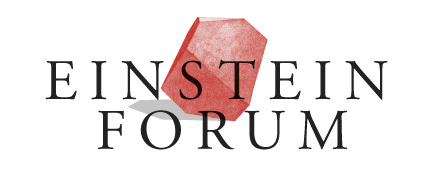Lisa Randall
Truth and Beauty and Other Scientific Misconceptions
Truth and beauty are often used as markers of a successful physical theory. This seemingly innocuous characterization is however rather problematic in that the notion of beauty changes with time and depends on the individual who decides it. Economy is a better characterization of good scientific theories but even then we have challenges such as deciding the size of the system being described.
Lisa Randall studies theoretical particle physics and cosmology at Harvard University. She earned her Ph.D. from Harvard University and held professorships at MIT and Princeton University before returning to Harvard in 2001. Her research connects theoretical insights to puzzles in our current understanding of the properties and interactions of matter. She has developed and studied a wide variety of models to address these questions, the most prominent involving extra dimensions of space. Her work has involved improving our understanding of the Standard Model of particle physics, supersymmetry, baryogenesis, cosmological inflation, and dark matter. Randall’s research also explores ways to experimentally test and verify ideas, and her current research focuses in large part on the Large Hadron Collider and dark matter searches and models. Publications include Warped Passages: Unraveling the Mysteries of the Universe’s Hidden Dimensions (2005); Knocking on Heaven’s Door: How Physics and Scientific Thinking Illuminate the Universe and the Modern World (2011) and Higgs Discovery: The Power of Empty Space (2012). Randall has also pursued art-science connections, writing a libretto for Hypermusic: A Projective Opera in Seven Planes that premiered in the Pompidou Center in Paris, and co-curating an art exhibit for the Los Angeles Arts Association, Measure for Measure, which was presented in Gallery 825 in Los Angeles, at the Guggenheim Gallery at Chapman University, and at Harvard’s Carpenter Center.
